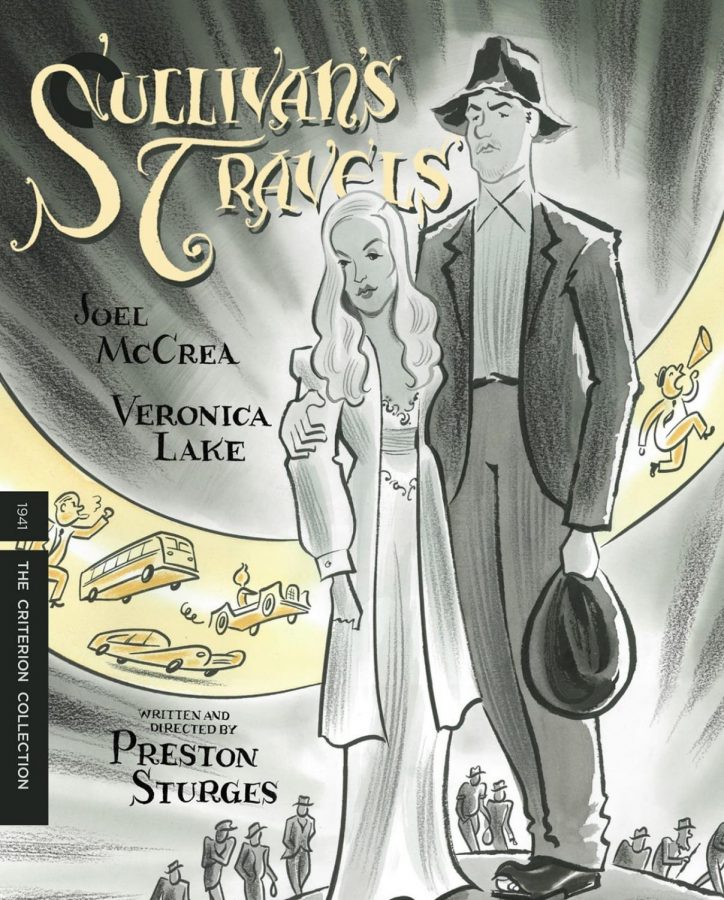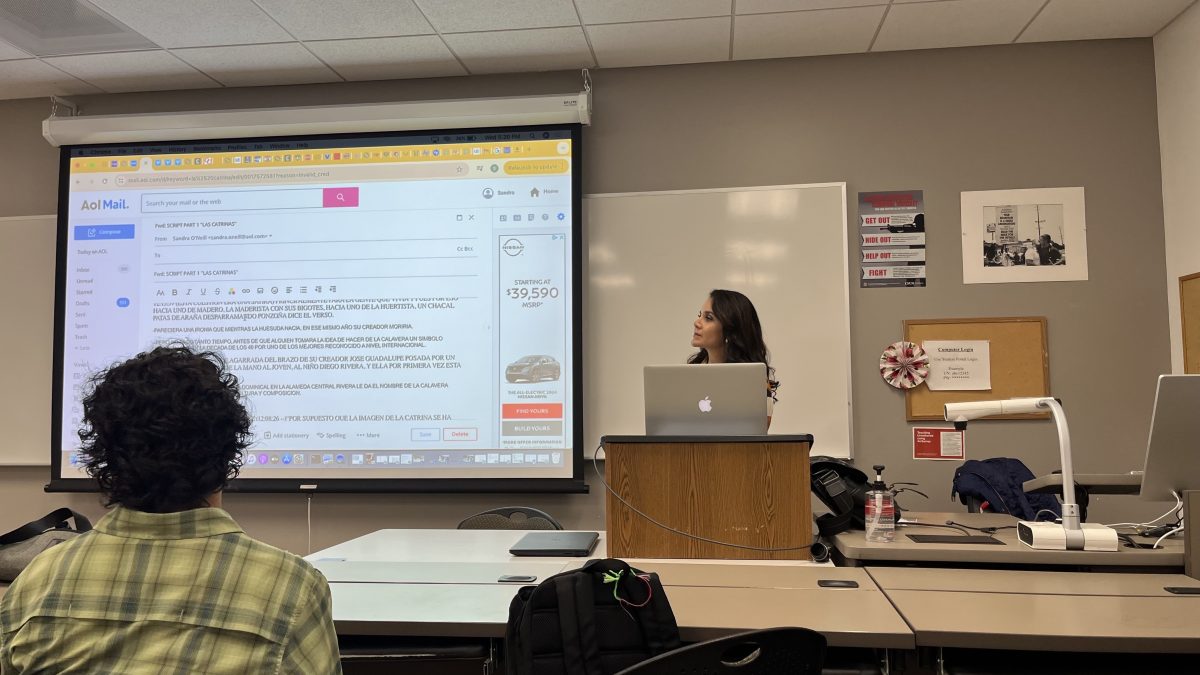“There’s a lot to be said for making people laugh. Did you know that that’s all some people have? It isn’t much, but it’s better than nothing in this cockeyed caravan.” This quote was said by main character John Sullivan in the 1941 comedy classic “Sullivan’s Travels.” Sullivan, played by Joel McCrea, is a Hollywood director in the process of making his next blockbuster about the widespread poverty of the time. He sets out across the country as an incognito vagabond for his own research, encountering work in labor camps, waiting in soup lines and hopping from train to train. Eventually, he is incarcerated and it is there he says these words as other inmates laugh hysterically at a screening of Mickey Mouse cartoons.
“Film’s the greatest educational medium the world has ever known,” Sullivan says. Thus, the initial quote reveals a deeper message within the film hinting to its viewers the necessity of laughter during rough times. In Hollywood, there has been a long tradition of looking at poverty and homelessness through comedy. However, underneath the laughs, there are societal critiques and awareness to a serious crisis affecting more people every day.
The archetypal hobo/homeless/vagabond/vagrant character, like John Sullivan, appears in many comedy films. Here is a list with some of the most recognizable films in American pop culture:
“Life Stinks” (1991)
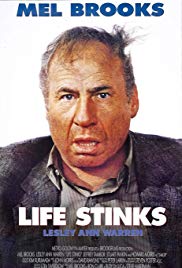
This film dives into a bet between two wealthy businessmen fighting for full ownership of land. If Goddard Bolt (Mel Brooks) can survive in the slums of Los Angeles without any access to resources for a month, his rival, Vance Crasswell (Jeffrey Tambor), will give up his half of the land he currently owns. However, building infrastructure upon the land means displacing the current homeless group inhabiting it. Bolt’s journey sends him to the streets where he earns the name of ‘Pepto’ after sleeping in a Pepto-Bismol box and falls in love with a bag lady. This piece ridicules the apathetic perspective of the wealthy towards the lower class. With its heavily pessimistic title, viewers get a dark-comedic glimpse of the separation between social classes.
“Down and Out in Beverly Hills” (1986)
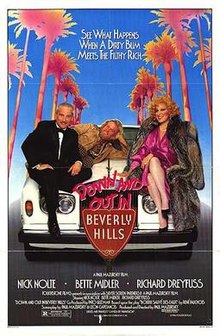
Director Paul Mazursky’s classic ’80s flick is a story of a rich dysfunctional couple who save the life of Jerry Baskin (Nick Nolte), a suicidal homeless man who tries to drown himself in the couple’s pool after his dog, Kerouac, deserts him. Based on the 1930s film “Boudu Saved from Drowning” by French director Jean Renoir, this modern Hollywood twist critiques the conservative rich man. Baskin discovers that Mr. Whiteman (Richard Dreyfuss) is having an affair with his live-in maid, his wife Barbara frequents therapy sessions, and his son is unable to tell his parents comfortably that he is gay. At one point, all these underlying conflicts surround Mr. Whiteman but thanks to Baskin, who offers advice to a family that has it all, the Whitemans confront their reality.
“The Kid” (1921)
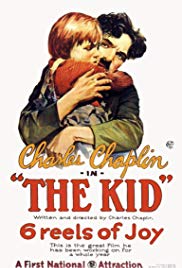
https://www.youtube.com/watch?v=fBtpVEi1LTw
One of the most memorable characters from the silent era, Charlie Chaplin’s character debuted in 1915, but its immortalization followed after the release of “The Kid” in 1921. Inspired by Chaplin’s personal experiences as a child, this comedy features his companion Jackie Coogan who was abandoned by his mother and taken under the wing of The Tramp. In this father/child friendship, viewers see them take on petty crimes and being chased by cops out of necessity to survive. Filmed in the early streets of Los Angeles almost a hundred years ago, this timeless piece of cinema is only one of the many issues The Tramp embodies across 40 years of Chaplin’s career in film. “The Kid” is a dark comedic glimpse into the reality some children experience to this day.
